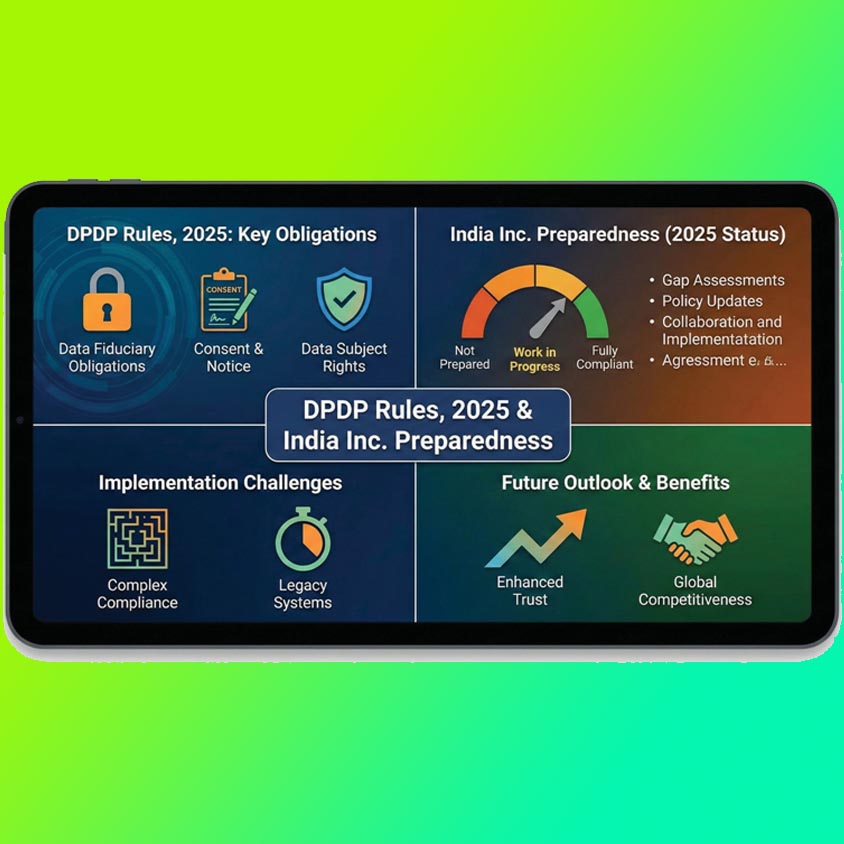
The unprecedented lockdown due to pandemic has hurt the country’s largest consumer finance company in more than one way. In a more truncated April-June 2020 quarter (anticipated being a 60-day quarter because of the lockdown versus the usual 90 days), these performance parameters could come under severe pressure. The most evident impact will be on its business, which may return to normalcy in September if the lockdown is lifted on April 14.
In the worst cases, the business may rebound only by the March 2021 quarter.
Bajaj Finance published some key performance metrics for Q4. The new customer addition and the new loans disbursed were the weakest since FY15 — even worse than the demonetisation-hit quarters of FY17. Count of new customers acquired was down as compared to the December 2019 quarter's 2.46 million figure.
While the reasonable estimation of business impact because of the Covid-19 pandemic was well-received by analysts, they feel Bajaj Finance's stock may come under pressure when trade restarts on Tuesday (the markets were closed on Monday on the occasion of Mahavir Jayanti).
In a call with analysts, Bajaj Finance’s management team, led by its Managing Director Rajeev Jain, said that over the past 10 days, the company had lost nearly 350,000 customers, impacting its assets under management (AUM) by Rs 4,750 crore (3.22 per cent of total AUM as of March 31).
“We are in an uncharted zone. We will be partially flying blind between April 15 and June 30,” Jain warned.
Apart from loan growth, the other worrisome aspect is a possible asset quality deterioration. Besides, the company is assessing the adequacy of provisioning for identified large accounts and will consider enhancing provisions for these accounts. It is also considering one-time accelerated provisioning for Covid-19 to further strengthen its provisioning standards.
Covid-19-related asset quality pressures may also lead to one-time accelerated provisioning. Both factors together, investors should brace for an increase of 40-50 per cent in the credit cost computed on FY20’s numbers, though in the worst case credit cost could increase by 80-90 per cent.
“We will continue to carry excess liquidity on our books which will result in the extra cost of carry for the liquidity,” Jain added, hinting at a near-term compression in profitability or net interest margin.
Bajaj Finance said it remains well-capitalised with the capital adequacy ratio of approximately 25 per cent as on March 31.
See What’s Next in Tech With the Fast Forward Newsletter
Tweets From @varindiamag
Nothing to see here - yet
When they Tweet, their Tweets will show up here.





























